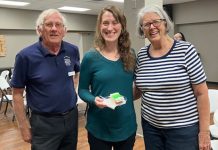Recently, I picked up a book titled “Island of Hope, Island of Tears,” by Brownstone, Franck, and Brownstone, published in 1979. I look forward to reading these stories of people who arrived at Ellis Island in search of new life in America. As a family genealogist, I assumed I would find records of my ancestors…



